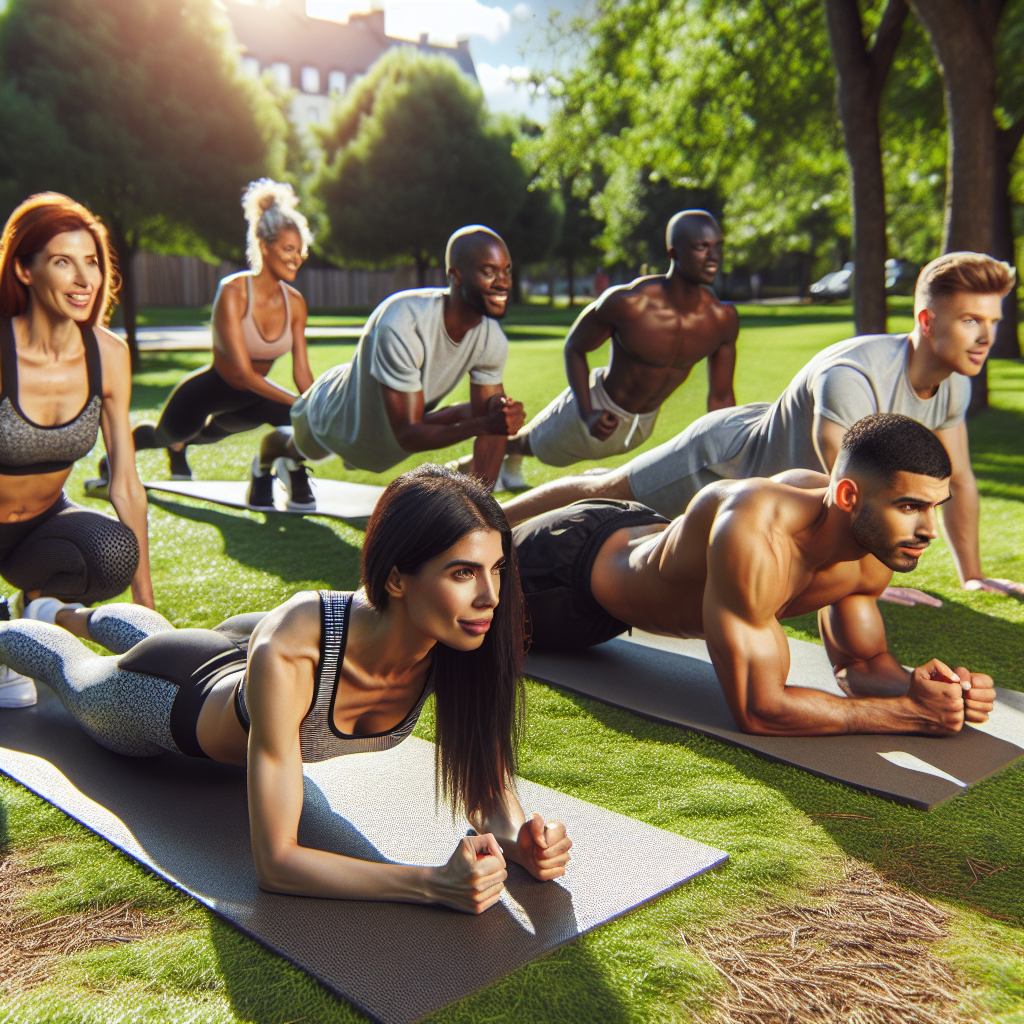A strong core is the bedrock of a healthy body. It is the central link connecting your upper and lower body, crucial for stability, balance, and posture. Engaging in core workouts enhances not only your physical appearance but also supports essential bodily functions and overall well-being. This comprehensive guide will delve into the importance of core strength, provide practical workout tips, and establish connections with broader health benefits.
The Importance of Core Strength
The core comprises muscles in your abdomen, lower back, hips, and pelvis. Contrary to popular belief, core strength transcends beyond aesthetic six-pack abs; it is about creating a stable center that supports all bodily movements. Core workouts help in improving balance and stability, which can lead to better performance in sports and daily activities. A fortified core ensures that your movements are more efficient and less prone to injury.
Core Stability and Everyday Function
Core stability is not just for athletes or fitness enthusiasts; it’s essential for everyday function. From bending to pick up a grocery bag to twisting to reach the backseat of your car, these mundane actions all involve your core. Without a stable core, these simple actions can become strenuous and lead to injuries.
Posture and Back Health
A strong core also contributes to good posture. Weak core muscles can lead to slouching, which can put undue stress on your spine and lead to back pain. Core workouts can help you maintain a neutral spine position and reduce the risk of back problems. For comprehensive insights into maintaining a healthy back, consider exploring Brain Health, which is closely related to spinal function and overall neurological wellness.
Core Workout Essentials
When it comes to core workouts, variety is key. Including different exercises that target all the core muscle groups ensures a balanced and comprehensive approach. Here are some core workout staples:
- Planks: A versatile exercise that targets the entire core.
- Bicycle crunches: Engage the obliques and rectus abdominis.
- Russian twists: Improve rotational strength and stability.
- Leg raises: Focus on the lower abdominals and hip flexors.
Progressive Overload and Consistency
For your core workouts to be effective, they need to be challenging. This means gradually increasing the intensity or volume over time—a principle known as progressive overload. Consistency is also crucial; core muscles respond best to regular training, ideally several times per week.
Mind-Muscle Connection
Engaging your core isn’t just about going through the motions. To maximize benefits, focus on the mind-muscle connection. Ensure you’re actively engaging your core muscles throughout each exercise. This focused engagement also translates to better body awareness and control in other physical activities.
Integrating Core Workouts into Your Routine
Integrating core workouts into your routine can be straightforward. Start with a few exercises at the end of your regular workout or dedicate specific days to core training. Remember, core workouts are not one-size-fits-all. Tailor your routine to match your fitness level and goals.
Core Training for Different Fitness Levels
Beginners should start with basic exercises and focus on form. Intermediate and advanced individuals can incorporate more dynamic movements and resistance. Regardless of your level, always prioritize quality over quantity to avoid injury and ensure effectiveness.
Core Exercises and Other Fitness Components
Core strength complements other fitness components, such as Cardiovascular Endurance, Strength Training, and High-Intensity Interval Training. It enhances your ability to perform these activities efficiently and safely.
The Broader Health Benefits of Core Workouts
Core workouts offer more than just physical benefits. They play a significant role in the overall health landscape.
Core Strength and Injury Prevention
A strong core acts as a protective shield for your inner organs and central nervous system. By improving stability and balance, it reduces the risk of falls and related injuries, crucial for aging populations.
Connection to Overall Health
Core workouts can stimulate blood flow to vital organs and can indirectly support better digestion and organ function. The core’s proximity to vital organs means that a strong core can contribute to improved bodily functions and health.
Mental Health Implications
As part of a holistic fitness approach, core workouts can also boost mental health. Exercise, including core strengthening, is known to release endorphins, which can help alleviate stress and improve mood. For further understanding of the connection between fitness and mental health, refer to Fitness and Mental Health: The Unseen Connection.
Supportive Resources
To enhance your core workout experience and knowledge, here are some external resources:
- Pilates Foundation: Offers detailed insights into Pilates, a discipline renowned for core strengthening.
- Functional Movement Systems: Provides information on how to optimize movement and core engagement.
- The Feldenkrais Method: Explores an educational system designed to promote bodily and mental awareness and core strength.
Conclusion
Building a solid foundation through core workouts is an essential aspect of any fitness regimen. It’s about more than just the abs; it’s about enhancing your overall health and quality of life. By incorporating a variety of core exercises into your routine, focusing on the mind-muscle connection, and staying consistent, you can reap the physical and mental benefits that come with a strong and stable core.
Remember, your core is the center of all your body’s movements. Treat it with care, strengthen it with purpose, and enjoy the myriad of benefits that will follow.



